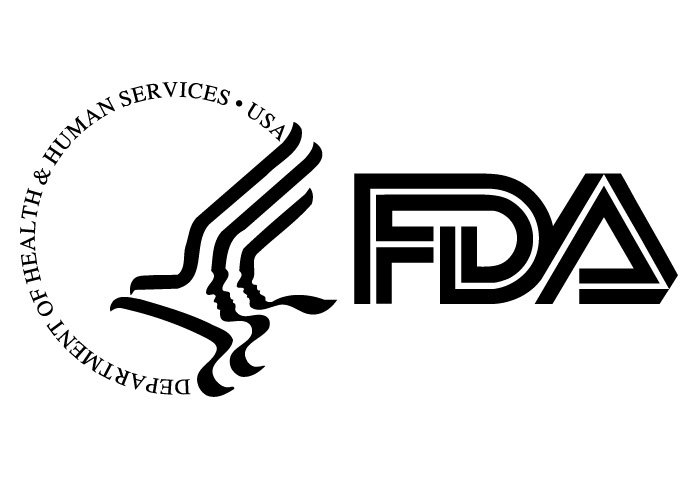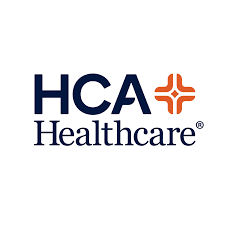 Anesthesia
Anesthesia
Monitored anesthesia care linked to fewer complications
Editor's Note When compared to general anesthesia, the use of monitored anesthesia care in invasive procedures resulted in a decreased risk for advanced postoperative complications, according to the results of a new retrospective investigation published December 17 in Anesthesiology News. Investigators leading the single-center study found that this benefit for…
Ketamine fails in surgical recovery trial
Editor's Note Ketamine tested for pain relief in a large, placebo-controlled, randomized trial posed side effects and did not support patient recovery after major surgery, according to findings published in the British Journal of Anesthesia and discussed in a December 3 news story from Vanderbilt University Medical Center. Ketamine has…
Engage anesthesia group to expand volume
Editor's Note Consistent case volume is the lifeblood of any successful ambulatory surgical center (ASC), but one often overlooked limiting factor in driving ASC volume is the anesthesia group, according to Michael Bernard, MD, in the September 2025 issue of Surgical Business. Staffing shortages of anesthesia professionals are a major…
NorthStar Anesthesia scales ASC partnerships in Georgia with transparent, clinician-driven model

Editor's Note NorthStar Anesthesia is expanding its reach across Georgia’s ambulatory surgery centers (ASCs), reinforcing its strategy of pairing local clinical autonomy with scalable anesthesia services, an October 1 PR Newswire press release reports. NorthStar reportedly supports more than 60 ASCs statewide through a model focused on transparency, long-term relationships,…
No longer experimental: ASCs adopting peripheral nerve stimulation for chronic pain

When it comes to treating chronic pain—or pain associated with surgery—clinicians are always looking for alternatives to opioids. “There are zero advantages to chronic opioid use,” says Earl Kilbride, MD, MHA, an orthopedic surgeon at the Austin Orthopedic Institute. While the US makes up about 4.4% of the global population,…
Session: Developing a complex spine and total joint service line program in the ASC

Editor's Note High-volume joints and spine procedures in ambulatory surgery centers (ASCs) require more than a “healthy” patient—success hinges on rigorous screening, block-and-flow efficiency, tech-enabled standardization, and a culture where anyone can say “stop,” this session’s speakers said. Comprising Robert Bray, MD, FAANS, CEO and founding director of DISC Sports…
Report: Hospitals can cut anesthesia costs, burnout through tech-driven partnerships

Editor's Note Hospitals can reduce anesthesia costs by up to 30% and significantly curb provider burnout by embracing technology-enabled collaboration with anesthesiology practices, Surgical Directions August 27 reports. The report outlines how rising demand, workforce shortages, and variable pay structures have pushed anesthesia expenditures up sharply in recent years. Traditional…
UnitedHealthcare anesthesia cuts spark backlash over patient access risks

Editor's Note UnitedHealthcare’s 15% cut to certified registered nurse anesthetist (CRNA) reimbursements has ignited strong opposition from anesthesia leaders who warn the policy could endanger patient access to safe, affordable care in rural and underserved areas, Nurse.org October 14 reports. On October 1, UnitedHealthcare implemented the new policy, reducing payments…
FDA recalls affect surgical staplers, OR procedure kits, ultrasound systems used in hospitals

Editor's Note The Food and Drug Administration (FDA) has announced three new recalls between October 14 and 16 that may affect OR inventory and perioperative workflows across multiple service lines. Each recall targets a commonly used product in surgical or imaging settings, prompting leaders to review supplies and coordinate with…
C-sections linked to longer recovery, higher pain, sleep problems for new mothers

Editor's Note Cesarean delivery remains the most common major surgery in the US, but new evidence highlights its impact on recovery, pain, and sleep health for mothers. In an American Medical Association (AMA) interview published by HCA Healthcare Today on October 10 and new research presented at the ANESTHESIOLOGY® 2025…

 Free Daily News
Free Daily News